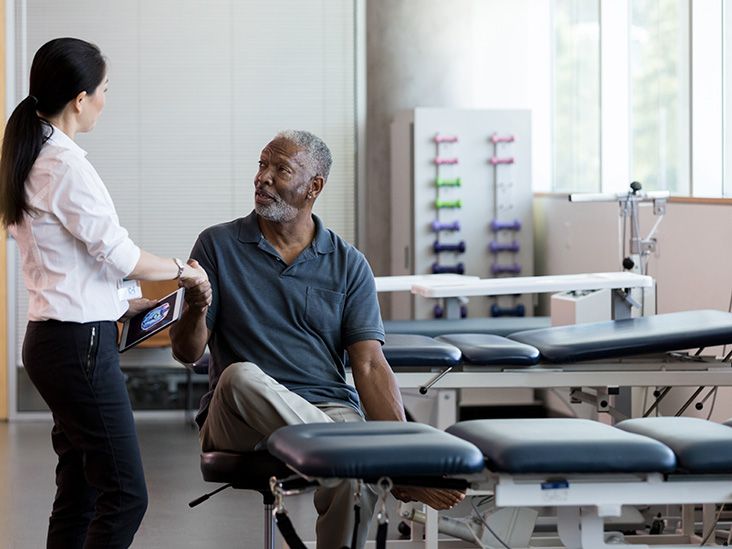One frequent method used in physiotherapy is therapeutic exercise. This involves targeted actions and exercises that assist strengthen muscle strength, enhance range of motion, and increase stamina. For instance, a client recovering from knee surgery may perform exercises that focus on restoring strength in the lower limb muscles. These activities are carefully chosen based on the individual’s condition and objectives. By gradually increasing the intensity and complexity of the exercises, physical therapists can help patients regain their power and movement over a period.

Another important technique is hands-on treatment, which includes physical approaches to adjust the human body soft tissues and articulations. This can involve flexibility exercises, joint movement, and massage. Manual treatment aims to relieve discomfort, reduce swelling, and improve circulation. For instance, a practitioner may use light pressure to ease stress in tight muscles or to assist a articulation function more freely. This method is often combined with other therapies to enhance rehabilitation and promote recovery. Patients often consider manual treatment to be a relaxing and beneficial way to control their discomfort.
In addition to exercises and hands-on therapy, instruction plays a crucial part in physical. Practitioners teach patients about their issues and how to handle them effectively. This may entail guidance on correct posture, body movements, and strategies to prevent future traumas. For instance, a therapist might demonstrate a patient how to raise heavy items properly to prevent straining their back. By empowering patients with understanding, physiotherapy therapists assist them take an engaged role in their recovery article and promote long-term wellness and fitness.
Ultimately, technology is increasingly being integrated into physiotherapy practices. Devices such as ultrasound, electrotherapy impulses, and virtual environments can enhance traditional therapy methods. These tools can help alleviate pain, encourage recovery, and provide interactive ways for patients to engage in their rehabilitation. For instance, virtual environments can generate engaging environments for patients to rehearse movements in a controlled plus secure environment. As advancements continues to evolve, it offers promising possibilities for enhancing recovery results in physiotherapy.
In conclusion, physiotherapy includes a range of techniques that function in unison to support rehabilitation and healing. Through rehabilitative exercises, hands-on treatment, patient instruction, and the application of technology, physiotherapy practitioners offer comprehensive care customized to each individual’s requirements. This comprehensive method not only assists patients regain their bodily abilities but also empowers them to sustain their well-being in the long future. As an increasing number of people acknowledge the advantages of physical, it continues to serve a vital role in the pathway toward enhanced health and well-being.